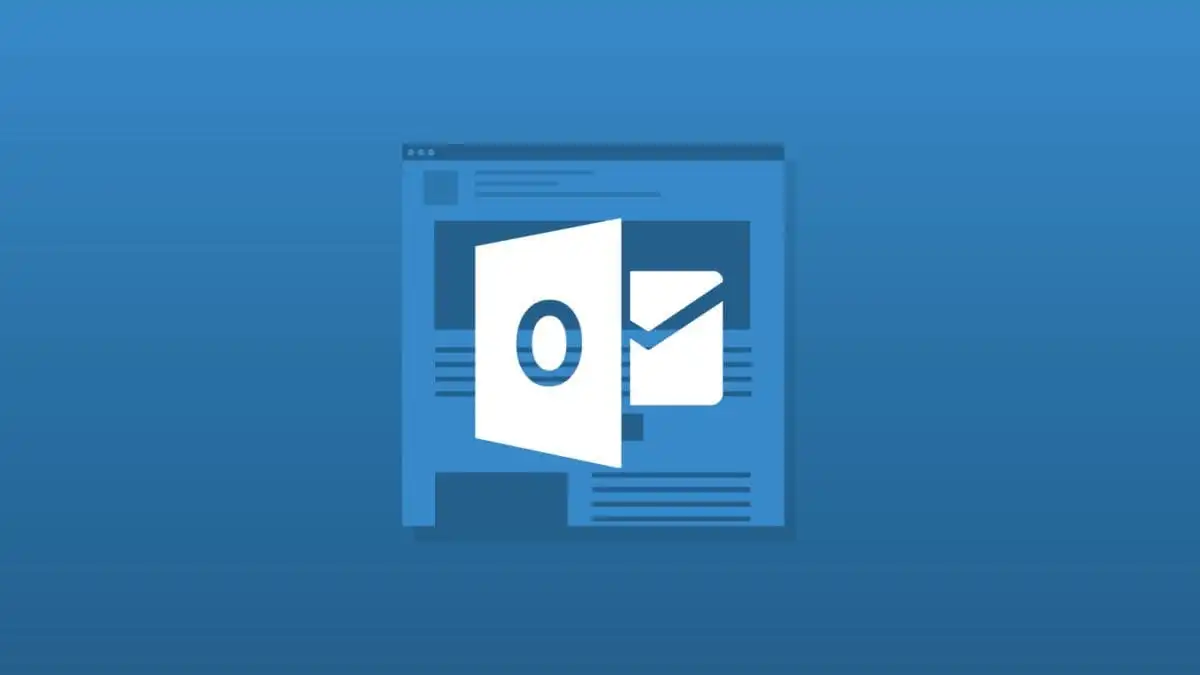In this article, we will discuss seven effective ways to reduce Outlook mailbox size without deleting emails. These methods will help you free up space in your mailbox and improve its overall performance. Without any further ado, let’s get into it!
Microsoft Outlook is one of the most popular email clients in the world. It is used by millions of individuals and businesses to send and receive emails, manage contacts, and schedule appointments. While Outlook is an incredibly useful tool, it is not without its problems. One of the most common issues faced by Outlook users is the overly large PST (Personal Storage Table) file.
An Overly Large PST file can cause various problems such as slow performance, PST corruption, difficulty in backup and restore, and even Outlook crashes. In this article, we will discuss the reasons why an Overly Large PST file is a problem and explore some effective ways to reduce the size of your PST file without losing any important data. By following these tips, you can avoid these issues and improve the performance and reliability of your Outlook.
What Makes an Overlarge PST File a Concern for Outlook Users?
The Overlarge PST (Personal Storage Table) file is a common problem for Microsoft Outlook users. PST files are used to store emails, attachments, and other Outlook data. As users continue to receive and send emails, the PST file grows in size, and when it reaches a certain point, it can cause various problems.
Here are Some Reasons Why an Overlarge PST File can be a Problem:
- Slower Outlook Performance: An Overlarge PST file can slow down the performance of Outlook. When Outlook has to open and close the PST file, it takes longer to perform these operations. This can make it difficult to search for emails or attachments, resulting in a slower user experience.
- Risk of PST Corruption: The risk of PST file corruption increases as the file size increases. PST files can become corrupted due to various reasons such as power failure, system crashes, or other technical issues. When this happens, it can lead to data loss, and in some cases, it can be challenging to recover the lost data.
- Difficulty in Backup and Restore: An Overlarge PST file can also make it challenging to backup and restore Outlook data. When the PST file size exceeds a certain limit, it can cause issues with the backup process. It can also take longer to restore a large PST file, which can be frustrating for users who need to access their data quickly.
- Outlook Crashes: An Overlarge PST file can cause Outlook to crash or freeze. When this happens, users may need to force-close Outlook and restart it. This can lead to data loss and can be frustrating for users who need to access their emails or attachments urgently.
To avoid these issues, it’s essential to manage your Outlook data carefully and keep the PST file size under control. By regularly archiving old emails, compressing large attachments, and using online storage services, you can reduce the size of your PST file and avoid these problems.
Also Read: How to Combine Outlook PST Files: Add Multiple PST Step-by-Step
7 Different Ways to Reduce Outlook Mailbox Size Without Deleting Emails
Are you struggling with a bloated Outlook mailbox? Do you find it difficult to search for important emails or attachments? If yes, then you need to take some measures to reduce the size of your Outlook mailbox. A cluttered mailbox not only affects the performance of your email client but also makes it difficult to manage your emails efficiently.
Approach 1: Archive Old Emails to Reduce the Size of Outlook Mailbox
One of the most effective ways to reduce Outlook mailbox size is to archive old emails. Archiving moves your older emails to a separate file that is stored on your computer or a network location. Archiving will not delete your emails but will move them to a different location, making them easily accessible when you need them.
To get started, open MS Outlook and follow the steps below:
Step 1. Go to the File tab and click on Info.
Step 2. Select the Tools option and click on Clean Up Old Items.
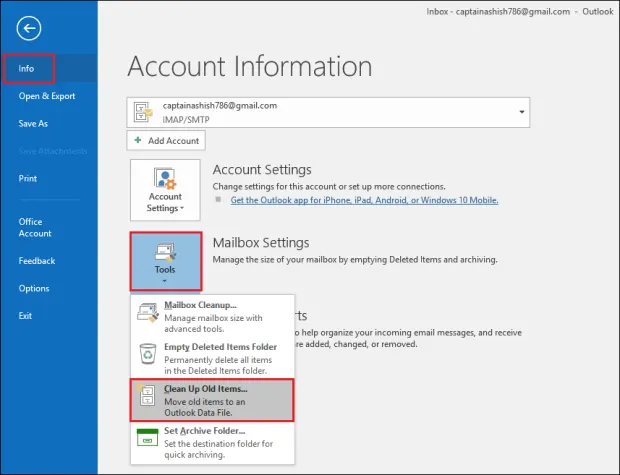
Step 3. A pop-up box titled “Archive” will appear. Choose the “Archive this folder and all subfolders” option and select the file or folder that you want to archive.
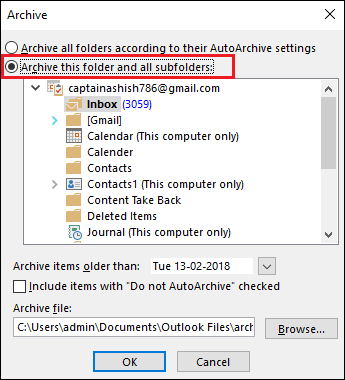
Step 4. Check the option “include items with ‘Do not Auto Archive’ checked” to archive files that you do not want to include in automatic archiving.
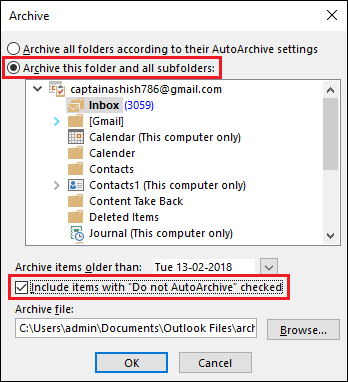
Step 5. Click OK to complete the process.
By following these simple steps, you can easily archive your old Outlook mails and reduce the size of your PST file without deleting any important data.
Approach 2: Compress Large Attachments to Reduce Outlook Mailbox Size without Deleting
Another effective approach to reducing the size of your Outlook mailbox is to compress large attachments.
Attachments, such as high-resolution images, PDFs, and other large files, can take up significant amounts of storage space in your mailbox. By compressing these attachments, you can reduce their file size without compromising their quality.
To compress attachments in Outlook, you can follow these steps:
Step 1. Open the email with the large attachment(s).
Step 2. Click on the attachment to select it.
Step 3. Click on the File tab and select the Compress Pictures option.
Step 4. Choose the compression options you prefer, such as the picture quality or resolution.
Step 5. Click on the OK button to apply the changes.
Step 6. Repeat the process for any additional large attachments.
Alternatively, you can use third-party compression software to compress files before attaching them to your email. This can help you reduce the size of the attachment even further.
The SysTools PST Compress Tool is a professional solution for handling extremely large PST files that cannot be managed through manual methods. When we need to reduce the size of an Outlook mailbox by a significant amount, manual methods can fall short. For example, compressing a 1TB PST file through manual methods can be quite challenging. In such situations, it is recommended to use this reliable tool to compact the PST file. The software has an intuitive user interface that delivers the desired result in a few simple steps:
Step 1. Download and run the above Software.
Step 2. Add the PST file or folder that needs to be compressed.

Step 3. Choose the compression option (Remove or Extract).

Step 4. Click the Next button to start the PST file compression. Once the process is completed, click the OK button.

Approach 3: Use Mailbox Clean Up Tool to Reduce Outlook Mailbox Size
Discover a helpful way to declutter your Outlook mailbox with the Mailbox Clean Up tool.
Follow these three easy steps to get started:
Step 1. Navigate to the File tab and select Info.
Step 2. Choose the Mailbox Cleanup option under Tools.
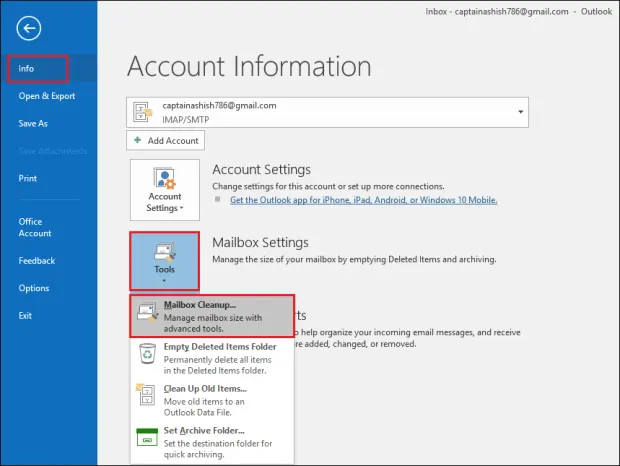
Step 3. Once inside, you’ll see a variety of useful options such as View Mailbox Size, Find items older than, Find items larger than, View Deleted Items Size, Empty Deleted Items, View Conflicts Size, and Empty Conflict.
Take advantage of this powerful tool to streamline your email management and optimize your productivity.
Approach 4: Use Online Storage to Reduce Outlook Mailbox Size
One effective approach to reducing the size of your Outlook mailbox is to utilize online storage.
With the help of online storage services such as Google Drive, Dropbox, or Microsoft OneDrive, you can easily store attachments and other files outside of your Outlook mailbox. This can help prevent your mailbox from becoming too large and slowing down your email program.
To use online storage for this purpose, you can follow these steps:
Step 1. Save the attachment or file to your computer.
Step 2. Upload the file to your preferred online storage service.
Step 3. Create a link to the file and include it in your email instead of attaching the actual file.
This approach has several advantages. It not only reduces the size of your mailbox but also allows you to share larger files than what is possible through email attachments alone. Additionally, using online storage can provide an extra layer of security and protection for your files, since they are backed up in the cloud.
However, it’s important to note that using online storage should not replace backing up your Outlook mailbox regularly. Always make sure to back up your mailbox to a local or external hard drive to prevent the loss of important data in case of any unexpected issues with your online storage service.
Approach 5: Delete Duplicate Emails to Reduce Outlook Mailbox Size
One effective approach to reducing the size of your Outlook mailbox is to identify and delete duplicate emails.
Duplicate emails can accumulate in your mailbox over time, especially if you receive a large volume of emails on a regular basis. These duplicates can take up valuable storage space and slow down your email program.
To identify and delete duplicate emails, you can follow these steps:
Step 1. Open your Outlook mailbox.
Step 2. Click on the Home tab and select the Clean Up option.
Step 3. Choose the Find Duplicate option.
Step 4. Select the criteria for identifying duplicate emails, such as matching subject, sender, or body content.
Step 5. Choose the email folders to search for duplicates.
Step 6. Click on the Find button to start the search.
Step 7. Review the list of duplicate emails found by the search.
Step 8. Select the duplicates you want to delete.
Step 9. Click on the Delete button to remove them from your mailbox.
It’s important to note that before deleting any duplicates, you should review them carefully to ensure that you’re not deleting any important emails. Also, it’s a good idea to backup your Outlook mailbox before making any major changes, just in case something goes wrong.
Approach 6: Reduce Outlook Mailbox Size Using Compact Mailbox
Another way to reduce the size of your Outlook mailbox is to compact it. This will remove the unused space in your mailbox and reduce its size. To compact your mailbox, go to File > Account Settings > Account Settings > Data Files. Select your data file and click on “Compact Now”.
This method is a power-pack and can be easily implemented by following the steps outlined below, which apply to Outlook 2016, 2013, and 2010:
Step 1. Navigate to the File tab.
Step 2. Click on Info, then Account Settings, followed by Account Settings again.
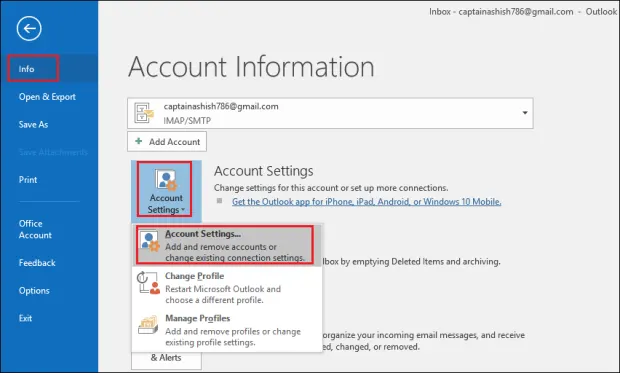
Step 3. Go to Data Files, then Settings, choose the targeted file, and press Compact Now.

Step 4. Click OK and exit.
For users of Outlook 2007 and 2003 who want to reduce their mailbox size without deleting any data, follow these steps:
Step 1. Visit the File tab, then Data File Management.
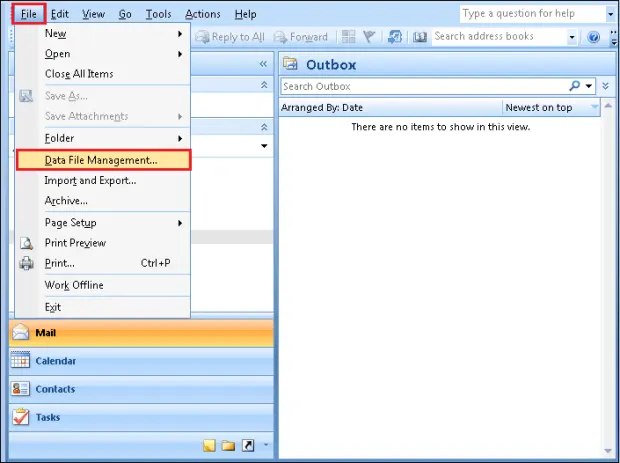
Step 2. Double click on Data Files, select the targeted file, and click on Settings.
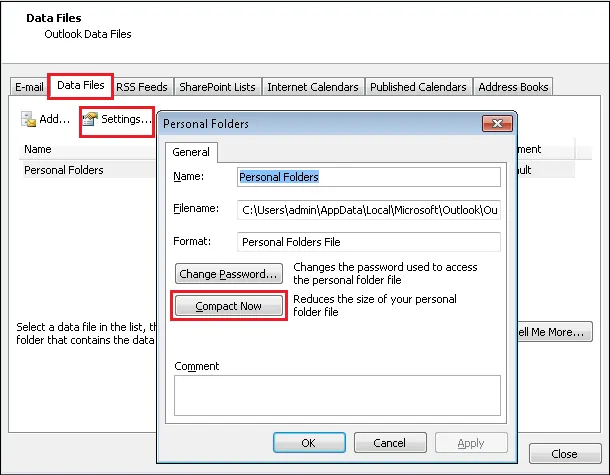
Step 3. Choose Compact Now, hit OK, and exit.
By following these simple steps, users can easily reduce the size of their Outlook mailbox, improving performance and productivity.
Approach 7: Two Automatic Way to Reduce Outlook Mailbox Size Without Deleting
The SysTools Split PST Tool is an efficient solution for reducing the size of an Outlook mailbox without deleting any of the files. The tool is equipped with advanced algorithms that enable it to handle mailboxes of any size in a short time frame. Additionally, the tool is non-destructive, meaning that it does not modify or harm the user’s data. The PST Splitter tool is easy to use and operates in the following simple steps:
Step 1. Install and run the Tool on your system.
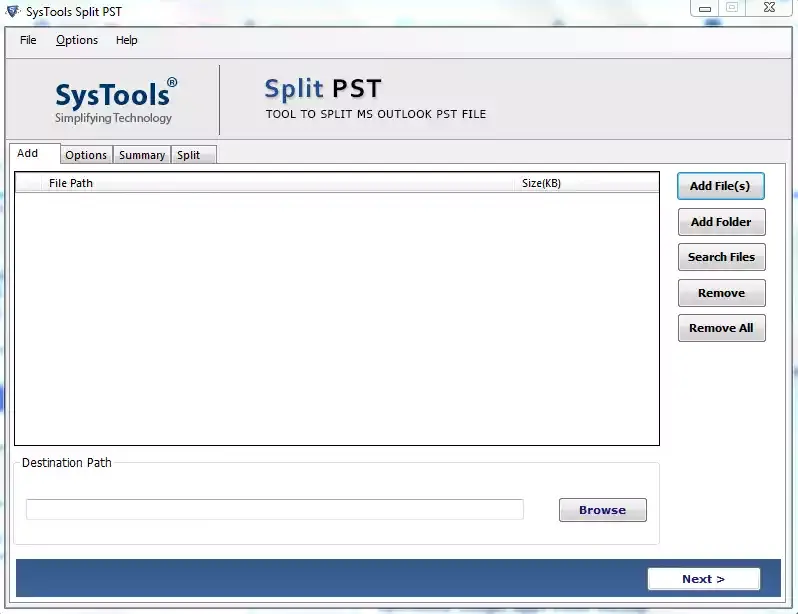
Step 2. Add the PST file(s) or folder(s) and select the destination path to save the resultant files.
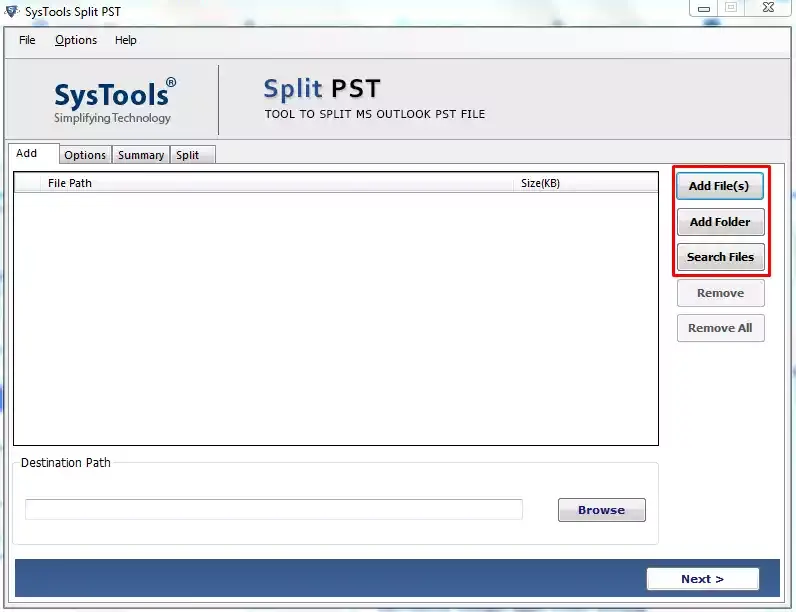
Step 3. Choose the desired split option (split by Size, Date, Year, Folder, Email ID & Category).
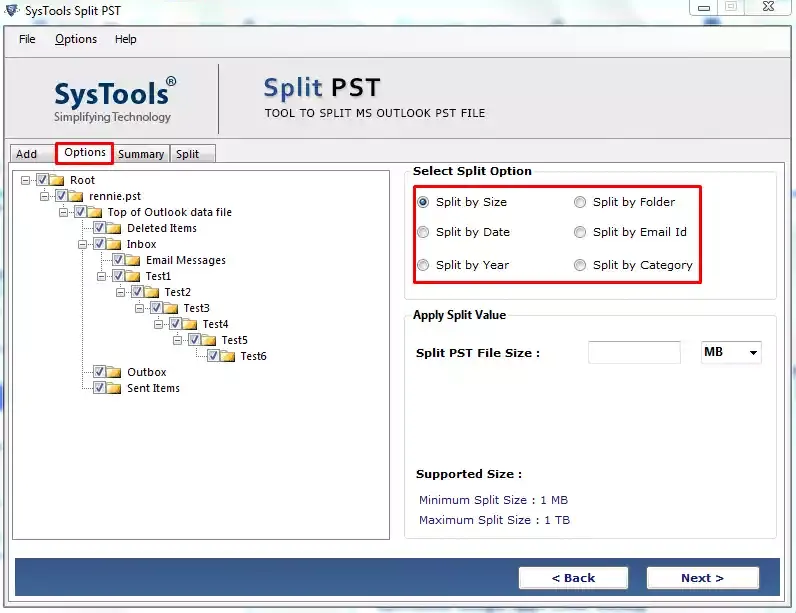
Step 4. Review the summary of split information and click Next to proceed.
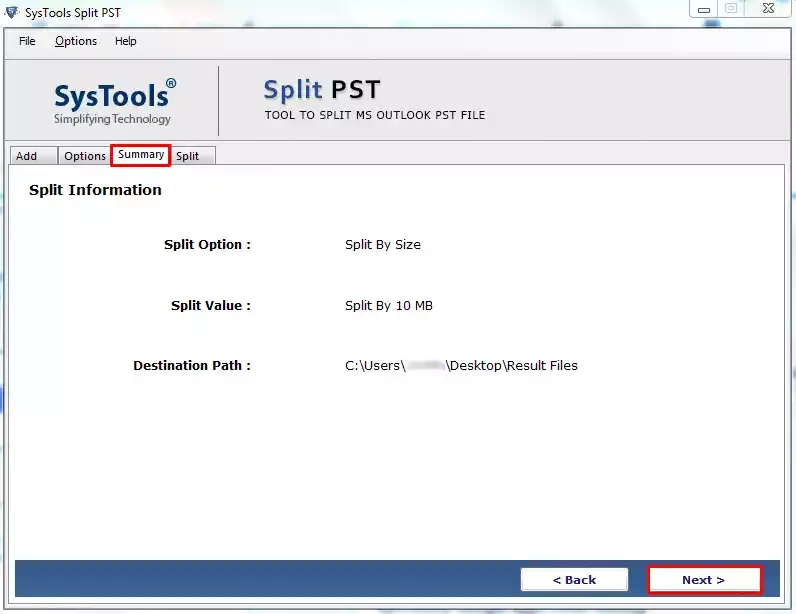
Step 5. The PST splitting process is now complete.
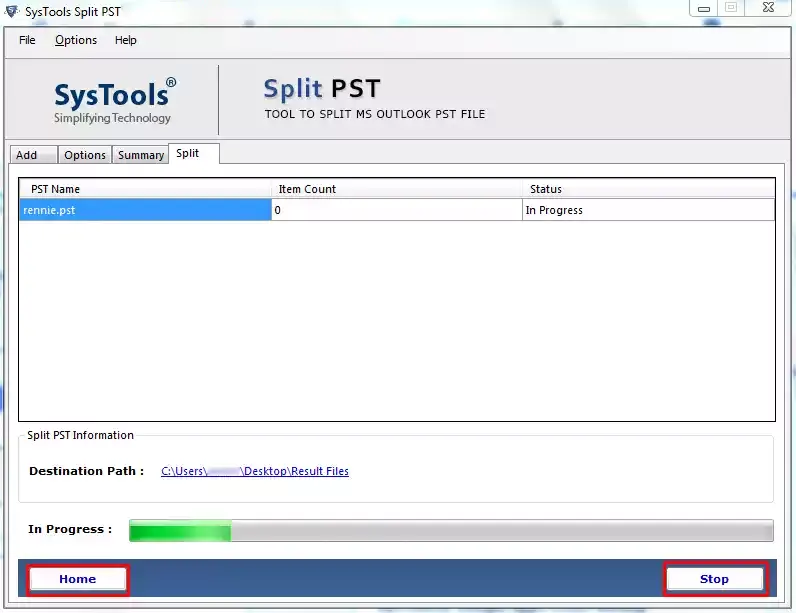
Highlighted Features of the Split PST Tool include:
- Split large PST file into smaller parts by Size, Folder, Date, Year, Email ID, and Category
- Ability to add single or multiple PST file/folder(s)
- MS Outlook installation is not required while using Split PST Tool
- Provides CSV of user’s email ID(s) to split PST by multiple emails
- Can break Outlook PST by size from 1 MB to 1 TB
- Supports all editions of MS Outlook
In Conclusion
Reducing Outlook mailbox size is essential for better email management and improved performance. By using these seven methods, you can free up space in your mailbox without losing any important emails or attachments. Try them out and see the difference in your Outlook performance.
FAQs for Reduce Outlook Mailbox Size
Q: Why is it important to reduce the size of my Outlook mailbox?
A: Managing the size of your Outlook mailbox is crucial for optimal performance and productivity. A large mailbox can slow down your email program, increase the risk of data loss, and make it difficult to find important messages.
Q: How can I reduce the size of my Outlook mailbox without deleting important emails?
A: There are several effective approaches you can take to reduce your mailbox size without deleting important emails, including archiving, compressing large attachments, cleaning up attachments, utilizing online storage, deleting duplicate emails, removing large items, and optimizing settings.
Q: How do I archive emails in Outlook?
A: To archive emails in Outlook, you can create a new archive folder, select the items you want to archive, and then move them to the archive folder. You can also set up automatic archiving to occur at regular intervals.
Q: How do I compress attachments in Outlook?
A: To compress attachments in Outlook, you can click on the attachment to select it, click on the File tab, select the Compress Pictures option, choose the compression options you prefer, and then click on the OK button to apply the changes.
Q: Can I delete duplicate emails in Outlook?
A: Yes, you can delete duplicate emails in Outlook by using the Clean Up tool to find and select duplicates, and then deleting them from your mailbox.
Q: Is it safe to use online storage to reduce my Outlook mailbox size?
A: Using online storage services like Google Drive, Dropbox, or Microsoft OneDrive can be safe and secure, but it’s important to choose a reputable provider and to back up your data regularly to prevent data loss.
Q: Should I back up my Outlook mailbox before making any changes to reduce its size?
A: Yes, it’s always a good idea to back up your Outlook mailbox before making any major changes to prevent data loss in case something goes wrong.

